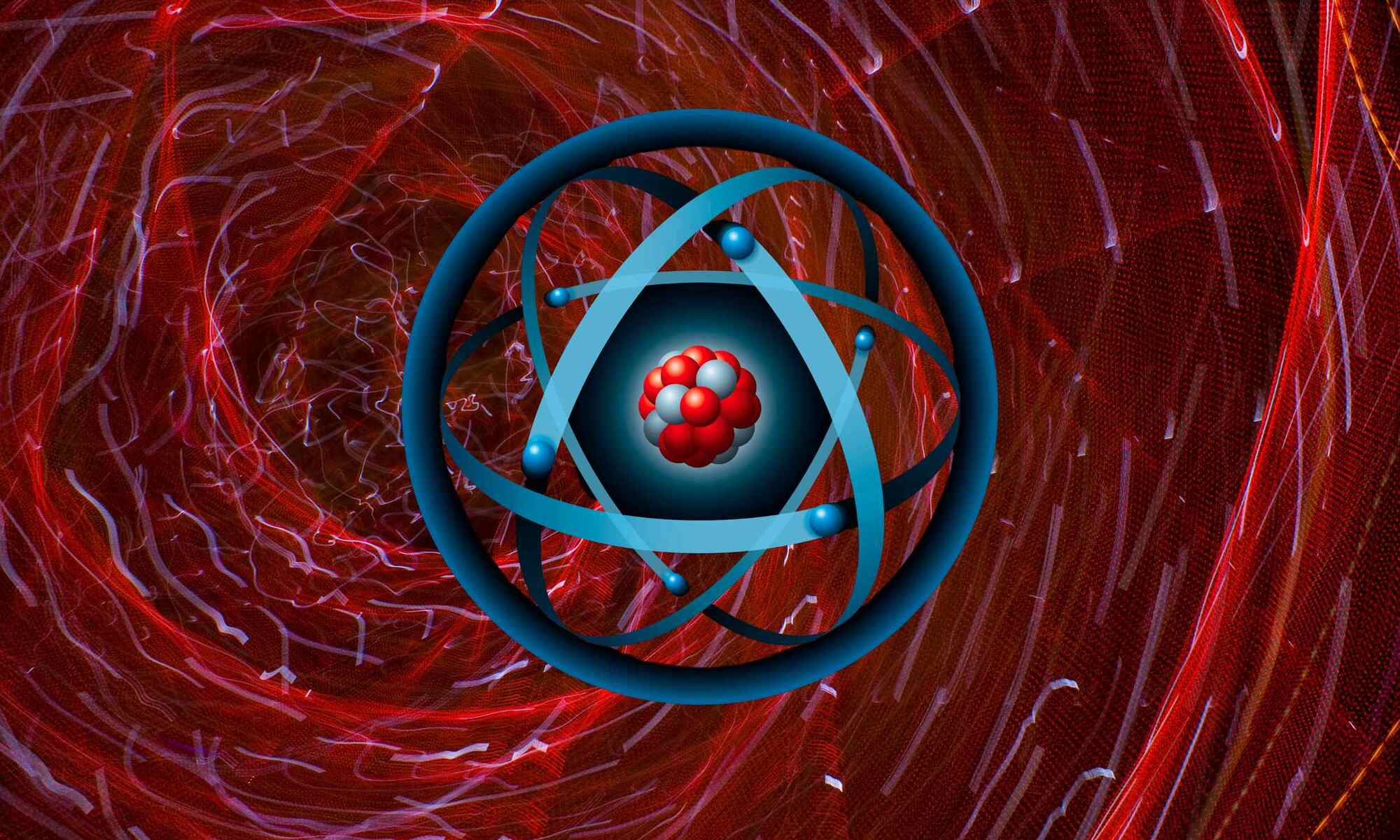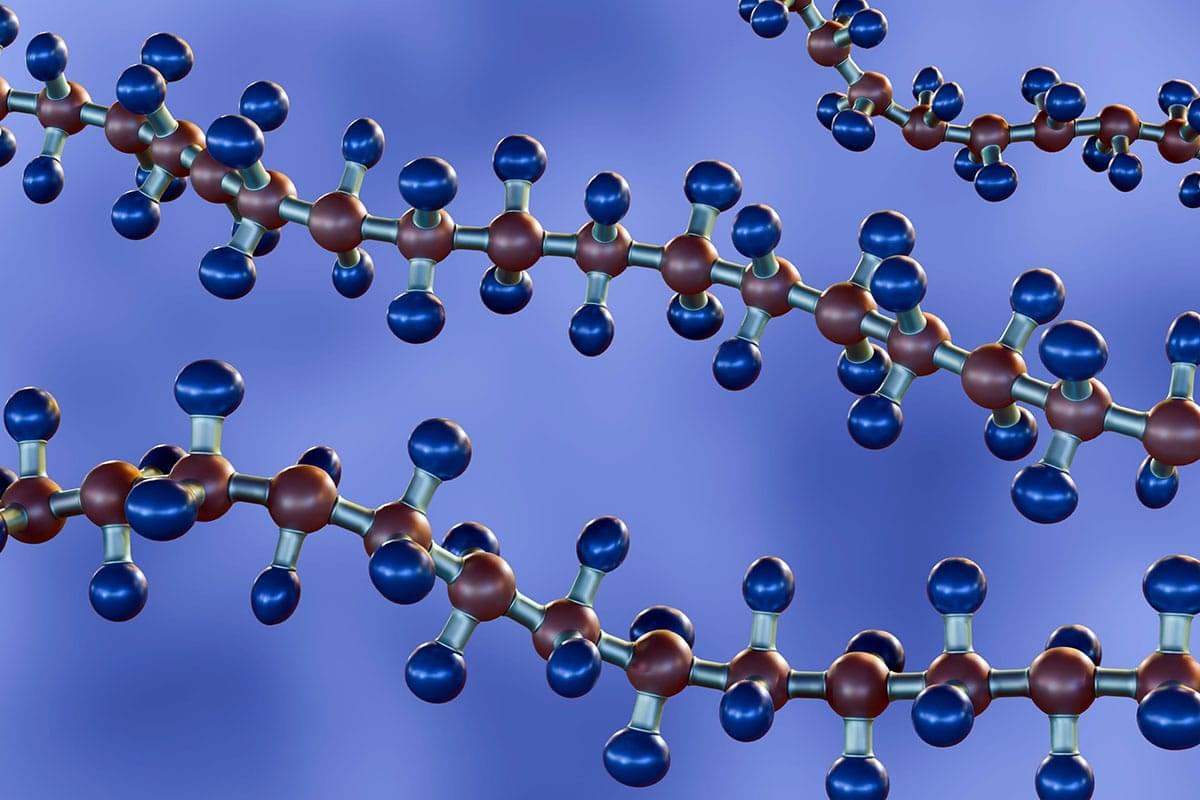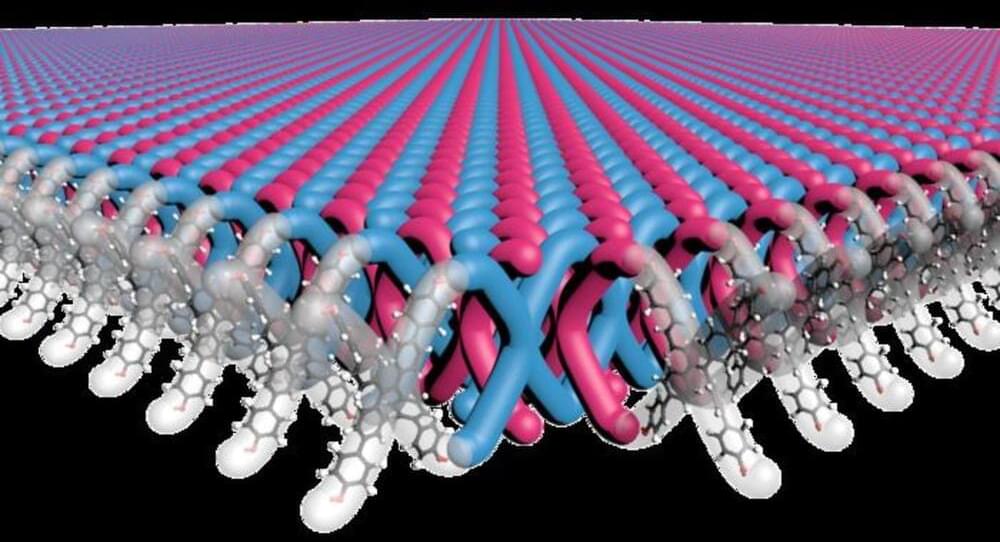Researchers from Tokyo Metropolitan University have identified a groundbreaking new superconducting material. By combining iron, nickel, and zirconium in specific ratios, they synthesized a novel transition metal zirconide, with varying proportions of iron and nickel.
While pure iron zirconide and nickel zirconide do not exhibit superconductivity, the new mixtures demonstrate superconducting properties, forming a “dome-shaped” phase diagram characteristic of unconventional superconductors. This finding represents a significant step forward in the search for high-temperature superconducting materials that could have widespread applications.
Superconductors are already integral to advanced technologies, such as superconducting magnets in medical imaging devices, maglev trains, and power transmission cables. However, current superconductors require cooling to extremely low temperatures, typically around 4 Kelvin, which limits their practicality. Researchers are focused on discovering materials that achieve zero electrical resistance at higher temperatures, especially near the critical threshold of 77 Kelvin, where liquid nitrogen can replace liquid helium as a coolant—making the technology more accessible and cost-effective.







